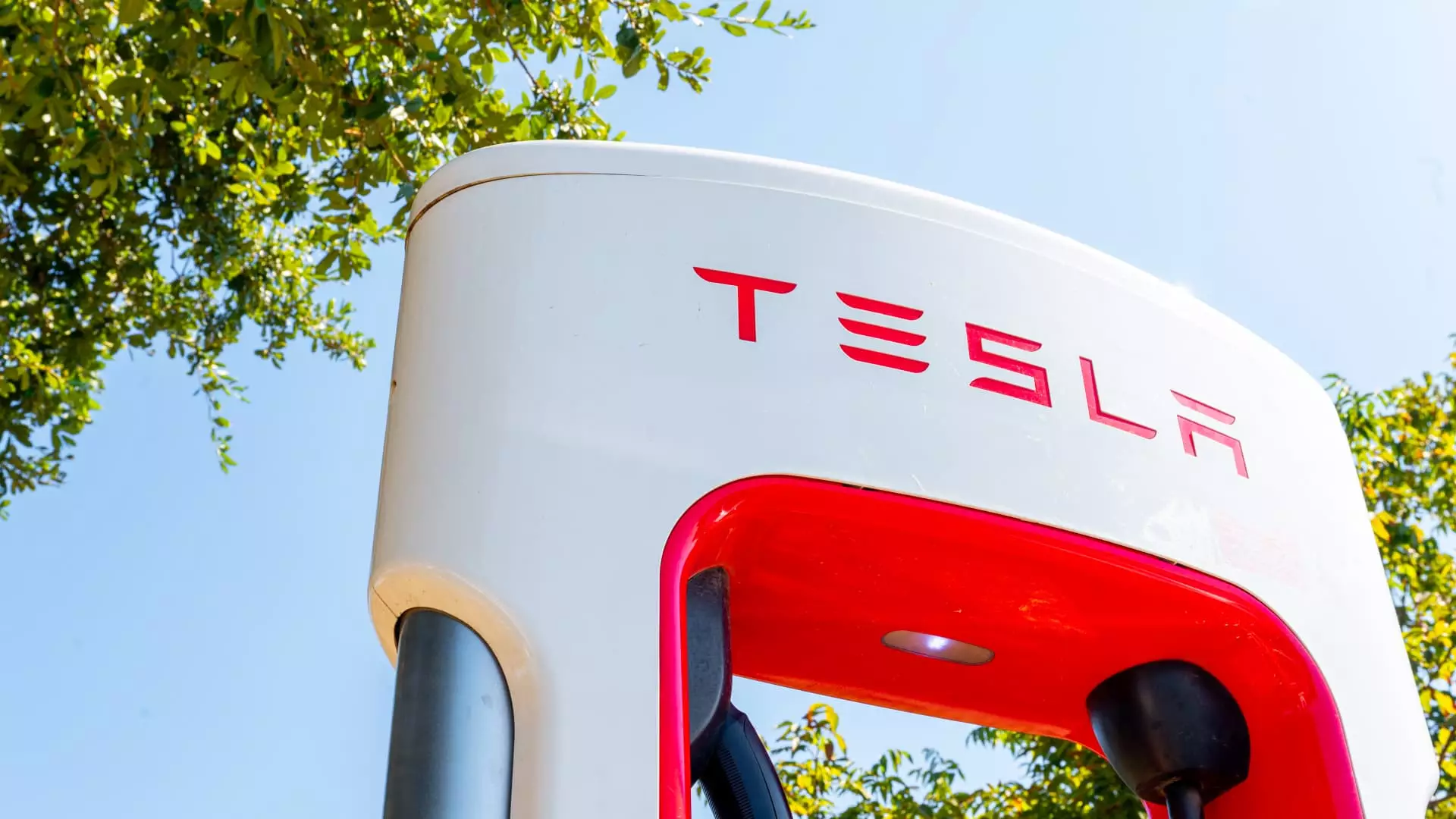The ongoing legal battle surrounding Tesla’s Autopilot technology has captured the attention of the media and public alike, highlighting a complex intertwining of innovation, liability, and consumer safety. The lawsuit filed by the family of Genesis Giovanni Mendoza-Martinez, who tragically lost his life in a 2023 collision while using a Tesla Model S, serves as a critical lens through which to examine the broader issues of responsibility and ethics in the age of advanced automotive technology.
The unfortunate crash occurred in Walnut Creek, California, involving a 2021 Model S that collided with a parked fire truck. Genesis was driving the vehicle at the time of the incident, while his brother Caleb was a passenger. The repercussions were severe, with Genesis losing his life and Caleb sustaining significant injuries. The Mendoza family’s lawsuit accuses Tesla of “fraudulent misrepresentation,” alleging that the company’s exaggerated claims about the safety and functionality of its Autopilot system contributed to the accident.
This case moves beyond mere statistics; it embodies the tangible consequences of technological optimism. The lawsuit insists that Tesla’s marketing and public communication, which include grandiose promises about the Autopilot’s capabilities, set a misleading precedent for users. While Tesla touts its vehicles as embodying cutting-edge self-driving technology, the reality may fall short of consumer expectations, raising crucial questions about informed consent from vehicle owners.
The Shift to Federal Court: A Tactical Move
In a noteworthy development, Tesla successfully petitioned to have this case moved from state court to federal court. This change could significantly alter the dynamics of the lawsuit. Plaintiffs typically face a more challenging environment in federal court, especially concerning fraud claims, where the burden of proof is higher. This strategic legal maneuver signifies Tesla’s intent to fortify its position against allegations that could have broad ramifications not only for the company itself but for the entire autonomous vehicle industry.
The implications of this shift are twofold. Firstly, it underscores a growing trend of companies seeking favorable jurisdictions that may offer more lenient interpretations of liability. Secondly, it points to the challenges that families like the Mendozas face in seeking justice in a landscape dominated by powerful corporations with extensive legal resources.
The Broader Context: Ongoing Investigations and Similar Cases
This lawsuit is not an isolated incident; at least 15 other cases are currently pending, sharing similar themes of Autopilot-related incidents. Investigations from regulatory bodies, including the National Highway Traffic Safety Administration (NHTSA), have grappled with the implications of Tesla’s Autopilot technology since 2021. These investigations aim to scrutinize the safety and efficacy of Tesla’s self-driving features, particularly concerning how they interact with stationary emergency vehicles.
The federal regulatory framework surrounding autonomous driving technology is still evolving, which compounds the legal challenges faced by Tesla. As it stands, the company has already enacted several changes to its software following complaints and investigations. However, skepticism remains regarding whether these updates genuinely address the underlying issues or merely serve as superficial fixes.
As Tesla continues to market its Full Self-Driving (FSD) capabilities and update its Autopilot system, ethical questions abound concerning the responsibilities of tech companies in ensuring consumer safety. Elon Musk’s public assertions about the capabilities of Tesla’s vehicles create a narrative that arguably fosters misplaced trust among consumers. His exhortation to his vast online following to “Demonstrate Tesla self-driving to a friend” can come across as trivializing the very real risks involved in deploying such technologies.
Critics argue that this disconnect between marketing and reality could lead many drivers to underestimate their responsibilities behind the wheel. The line between driver’s aide and self-driving technology remains blurry, and such ambiguity can leave consumers vulnerable, especially in critical moments when they assume full autonomy while driving.
As the case unfolds in federal court, it poses important questions about the interplay between technological advancement and ethical responsibility. Tesla remains at a crossroads, faced with not only potential legal liabilities but also a moral obligation to ensure its technologies are safe and transparent for users. For the Mendoza family, and countless others affected by similar incidents, the outcome could set a far-reaching precedent that may influence the future landscape of autonomous driving technology. Overall, it serves as a powerful reminder of the need to approach innovation with caution, accountability, and a commitment to public safety.

